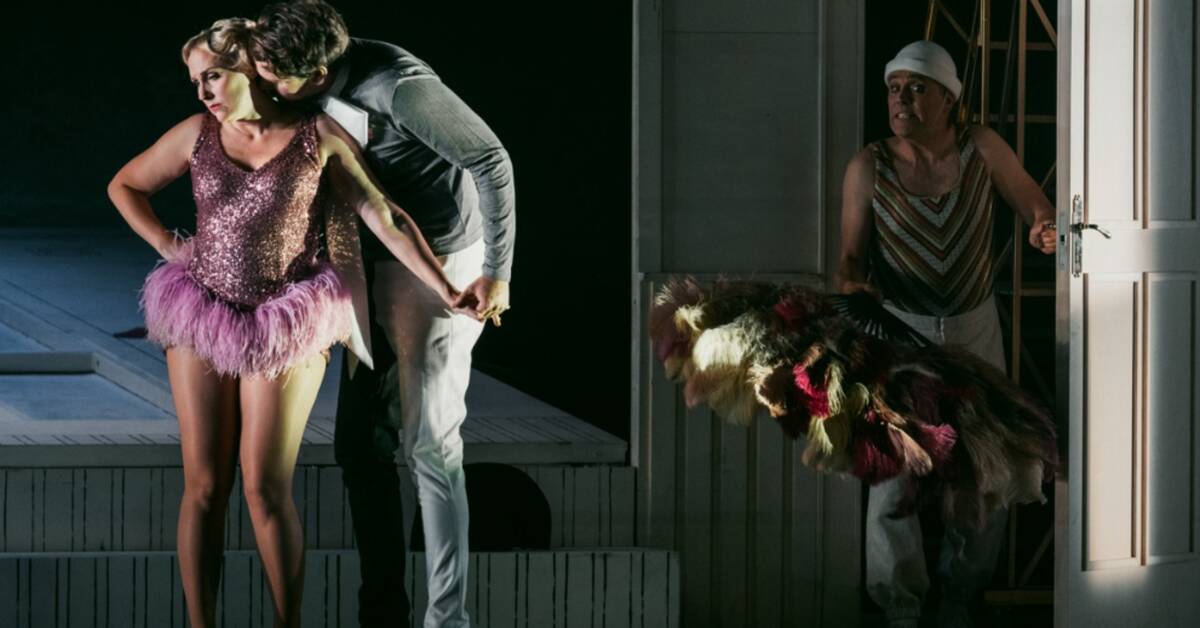"Ariadne på Naxos" - written by Richard Strauss shortly after his smash hit "The Rose Cavalry" - is a paradoxical story.
A silly comedy and a high-pitched opera.
Commedia dell'arte combined with Greek drama.
So it's about an opera about opera theater - with extra everything.
Where many are on stage, but few are in the trenches.
There is room here for heroic tenors, exuberant coloraturas – and a school organ in the orchestra.
A music-dramatic collection that requires precision and imagination to become a full evening at the opera.
Musically, the Royal Opera House's autumn premiere is
under the safe leadership of chief conductor Alan Gilbert.
Here, there will be chamber music finesse from the greatly reduced orchestra that Richard Strauss demanded.
But also the sweeping, broad lines of late Romanticism – to match Ariadne's high-pitched arias.
Written for Strauss' typical dramatic soprano who can top the great vocal flow with bright glitter.
Which Christina Nilsson masters;
a joy to hear.
As a contrast, the figure of Zerbinetta, an opera art coloratura pinup, works.
Brash and cheeky, with the longest and most difficult coloraturaria in music history.
Sofie Asplund delivers with earnest brilliance.
Among the work's other comedians and characters are the Composer, a trouser role finely tailored for Johanna Rudström, and the strong-voiced Bacchus, as made for a heavyweight tenor like Michael Weinius.
Sadly, this musical quality is not matched by the scenic one.
Strangely enough, the Royal Opera has engaged a completely inexperienced Norwegian director in combo with a German theater scenographer.
The result is, to put it mildly, hand-picked, perhaps with the ambition to peel off centuries-old comedy antics to expose – well, what?
The sad fate of the ancient Ariadne – here all too clearly symbolized by her red labyrinthine thread in the form of silly skeins.
For Strauss, however, she remains primarily a beautiful singing mouthpiece for his musical voluptuousness.
The comic contrasts do not benefit from being toned down either.
The result is only silly confusion and the matter is not improved by the bland masquerade costumes and the cardboard white framing.
Ugly and monotonous to look at.
Richard Strauss knew how to deliver musical luxury, opulence and imagination – rather than depth.
You should also be able to watch that during an entire evening at the opera.

